If you're considering a bathroom remodel, you may have come across the trend of vessel sinks. These sinks sit on top of the vanity, rather than being recessed into it like traditional sinks. While they can add a unique and modern touch to your bathroom, there are some important considerations to keep in mind before installing a vessel sink. In this article, we'll discuss everything you need to know about installing a vessel sink, including the best type of vanity to use and how to properly install it.
Why Choose a Vessel Sink?

Aesthetics
One of the main reasons people choose a vessel sink is for its aesthetic appeal. These sinks come in a variety of shapes, sizes, and materials, making it easy to find one that fits your personal style and bathroom design. They can add a touch of elegance and sophistication to any bathroom.
Space-Saving
Vessel sinks can also save space in your bathroom. Since they sit on top of the vanity, they take up less counter space than traditional sinks. This can be especially beneficial in smaller bathrooms where every inch counts.
Easy to Install
Vessel sinks are also relatively easy to install, making them a popular choice for DIY bathroom remodels. However, it's important to note that proper installation is crucial to ensure the sink is secure and functioning correctly.
Choosing the Right Vanity for a Vessel Sink
When it comes to choosing a vanity for a vessel sink, there are a few important factors to consider.
Height
The height of your vanity is crucial when installing a vessel sink. Since the sink sits on top of the vanity, you'll need to make sure the vanity is tall enough to accommodate the sink and still leave enough space for hand washing. The standard height for a bathroom vanity is 32 inches, but for a vessel sink, you'll want to aim for a height of 36 inches.
Material
The material of your vanity is also important. Vessel sinks are often made of glass, stone, or metal, so it's important to choose a vanity that can support the weight of the sink. Solid wood vanities with tops are a popular choice for vessel sinks, as they are sturdy and can add a touch of warmth to the bathroom. Look for a 48 inch solid wood bathroom vanity with a top to ensure it can support the weight of the sink and provide enough counter space.
Faucet Placement
Another consideration when choosing a vanity for a vessel sink is the placement of the faucet. Since the sink sits on top of the vanity, the faucet will need to be mounted on the wall or on the counter next to the sink. Make sure to choose a vanity with enough space for the faucet to be installed in the desired location.
How to Install a Vessel Sink
Now that you've chosen the right vanity for your vessel sink, it's time to install it. Here are the steps to follow for a successful installation.
Step 1: Prepare the Vanity
Before installing the sink, you'll need to prepare the vanity. This includes cutting a hole in the top of the vanity for the sink to sit in. Measure the sink and mark the dimensions on the vanity top. Use a jigsaw to carefully cut out the hole.
Step 2: Install the Faucet
Next, install the faucet. If you're using a wall-mounted faucet, follow the manufacturer's instructions for installation. If you're using a deck-mounted faucet, install it on the vanity top before attaching the top to the vanity.
Step 3: Attach the Drain
Attach the drain to the bottom of the sink according to the manufacturer's instructions. Make sure to use plumber's putty or silicone sealant to create a watertight seal.
Step 4: Place the Sink on the Vanity
Carefully place the sink on top of the vanity, making sure it is centered and level. Use a level to ensure the sink is not tilted in any direction.
Step 5: Secure the Sink
Once the sink is in place, secure it to the vanity using the mounting hardware provided by the manufacturer. This will ensure the sink stays in place and does not shift or move.
Step 6: Connect the Plumbing
The final step is to connect the plumbing. This includes attaching the water supply lines to the faucet and connecting the drain to the plumbing under the sink. Make sure to test for any leaks and make adjustments as needed.
Tips for Maintaining a Vessel Sink
To keep your vessel sink looking its best, here are a few tips for maintenance.
Clean Regularly
Vessel sinks are prone to water spots and soap scum, so it's important to clean them regularly. Use a non-abrasive cleaner and a soft cloth to wipe down the sink after each use.
Avoid Harsh Chemicals
Avoid using harsh chemicals on your vessel sink, as they can damage the finish. Stick to mild cleaners and avoid using abrasive sponges or scrubbers.
Wipe Up Spills Immediately
To prevent staining, make sure to wipe up any spills or splashes on the sink immediately. This is especially important for sinks made of porous materials like stone.
Final Thought
Vessel sinks can add a unique and modern touch to any bathroom, but it's important to choose the right vanity and properly install the sink to ensure it functions correctly. By following these tips and steps, you can successfully install a vessel sink and enjoy its aesthetic appeal and space-saving benefits. Remember to properly maintain the sink to keep it looking its best for years to come.


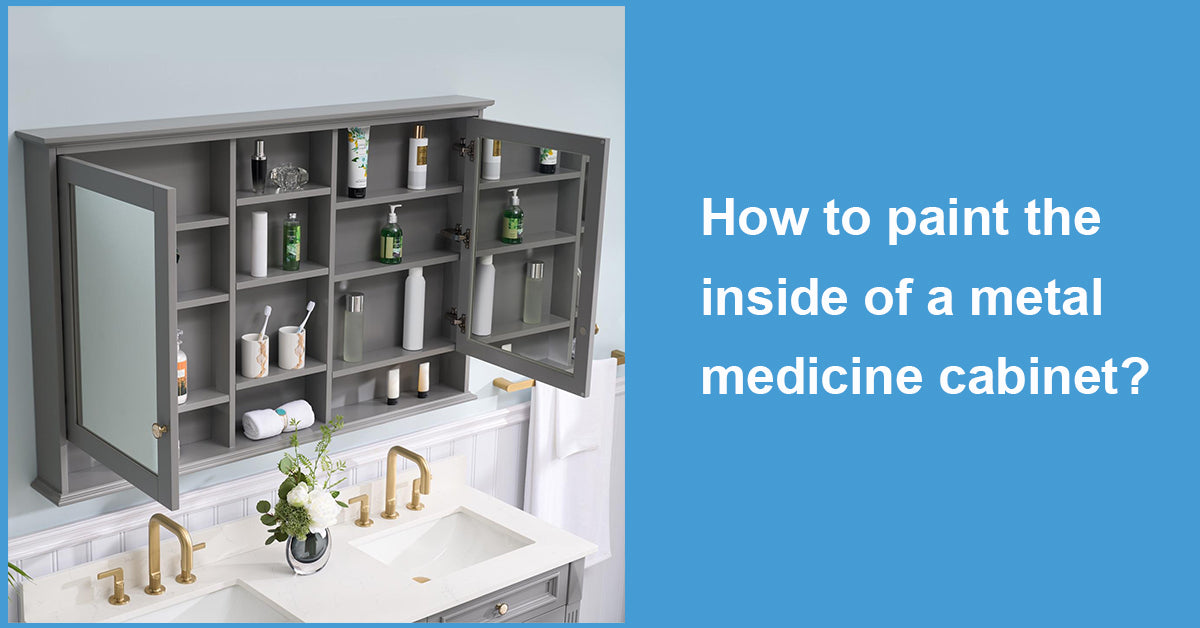
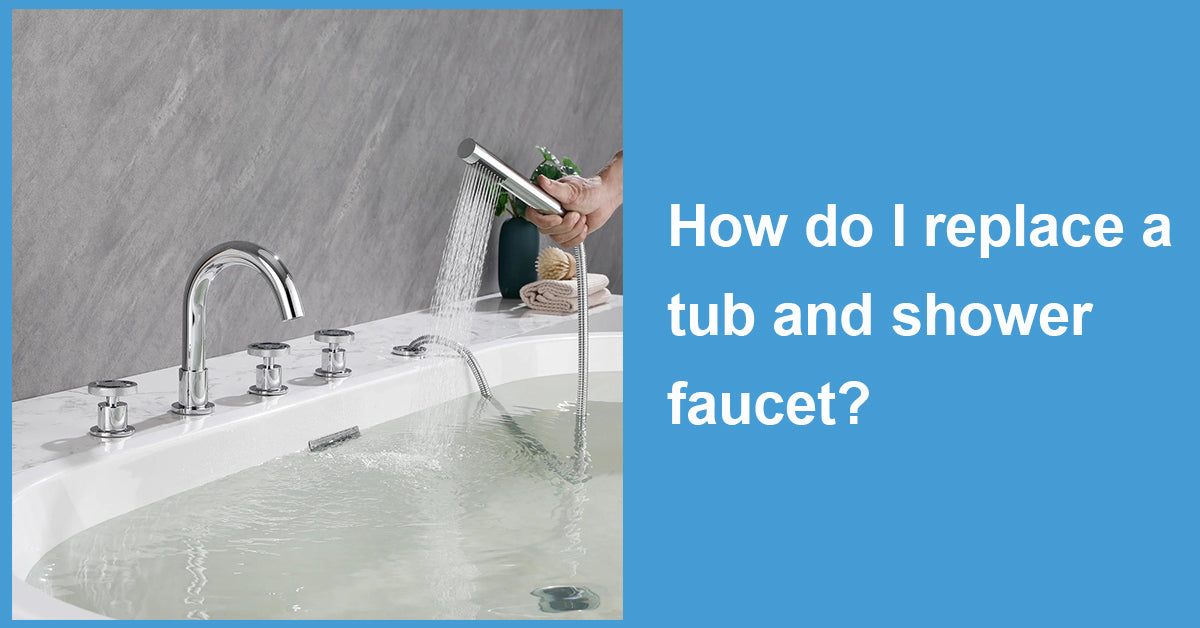


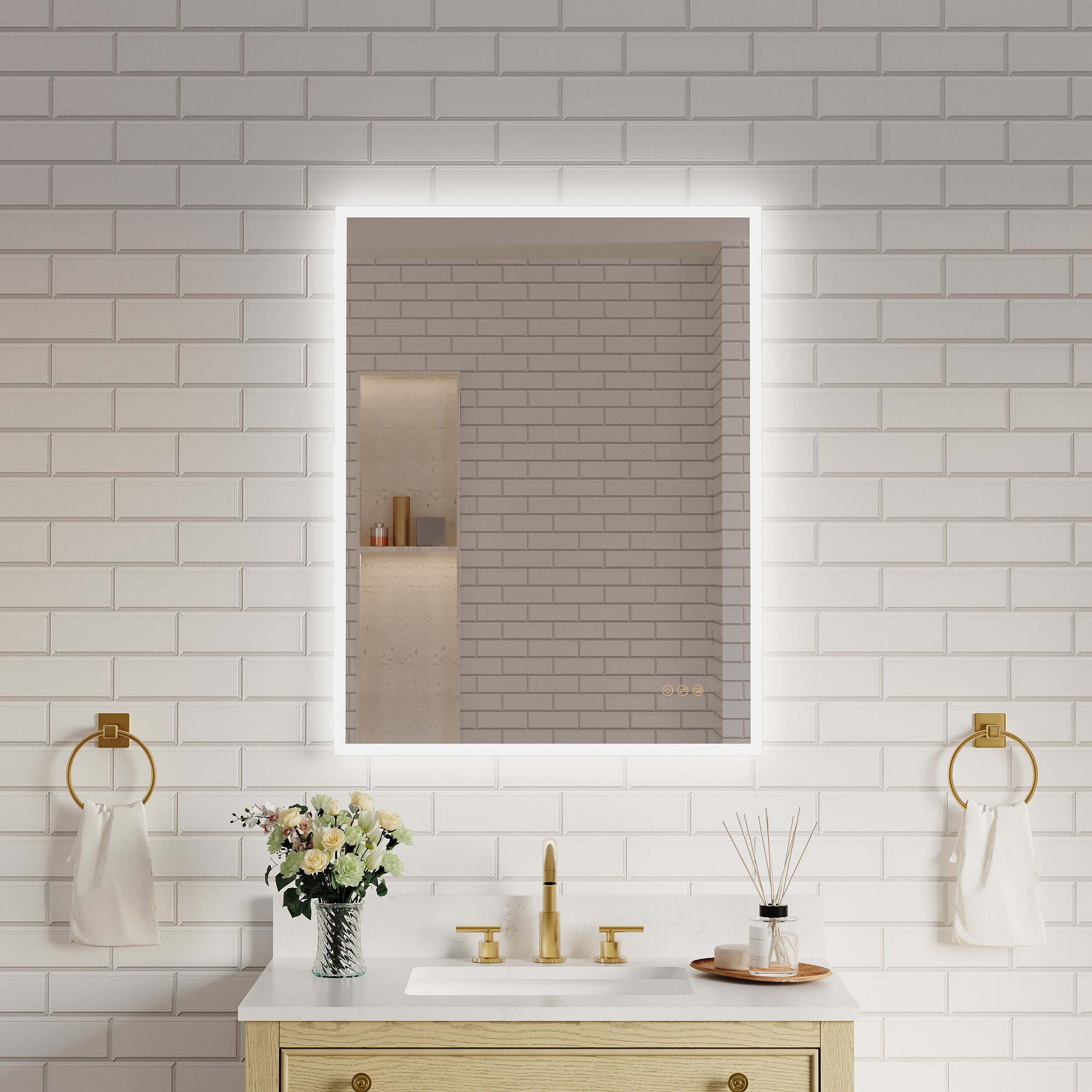




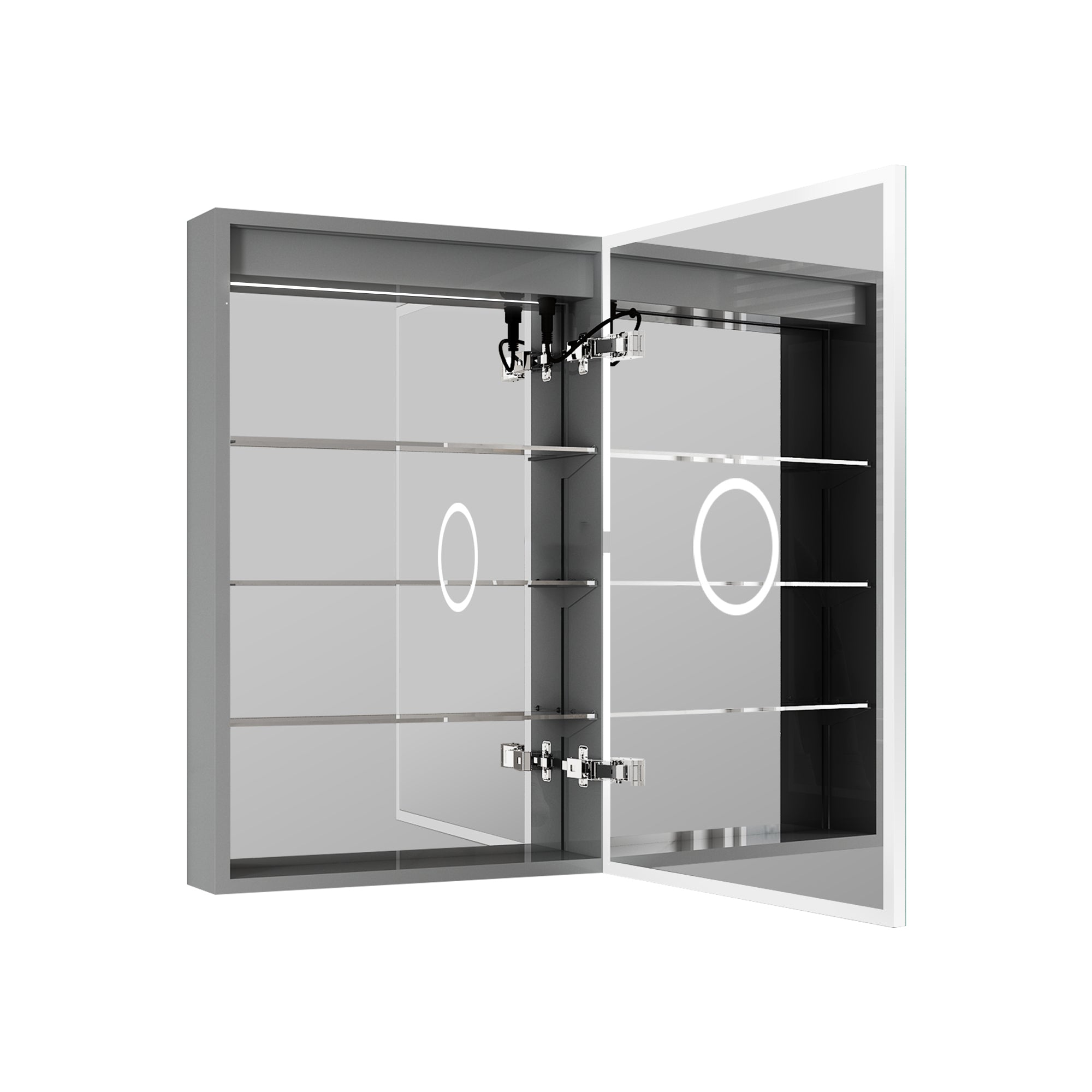
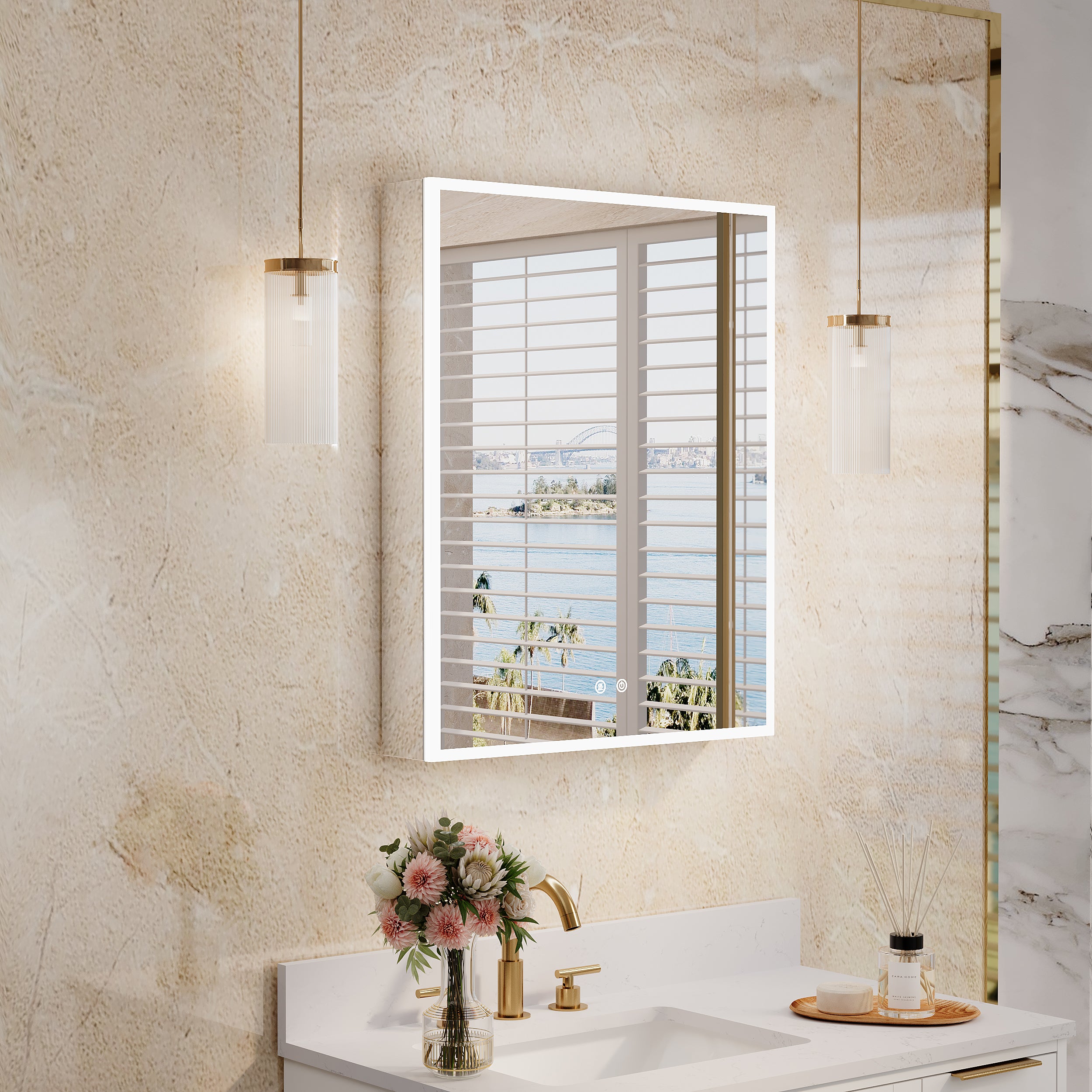
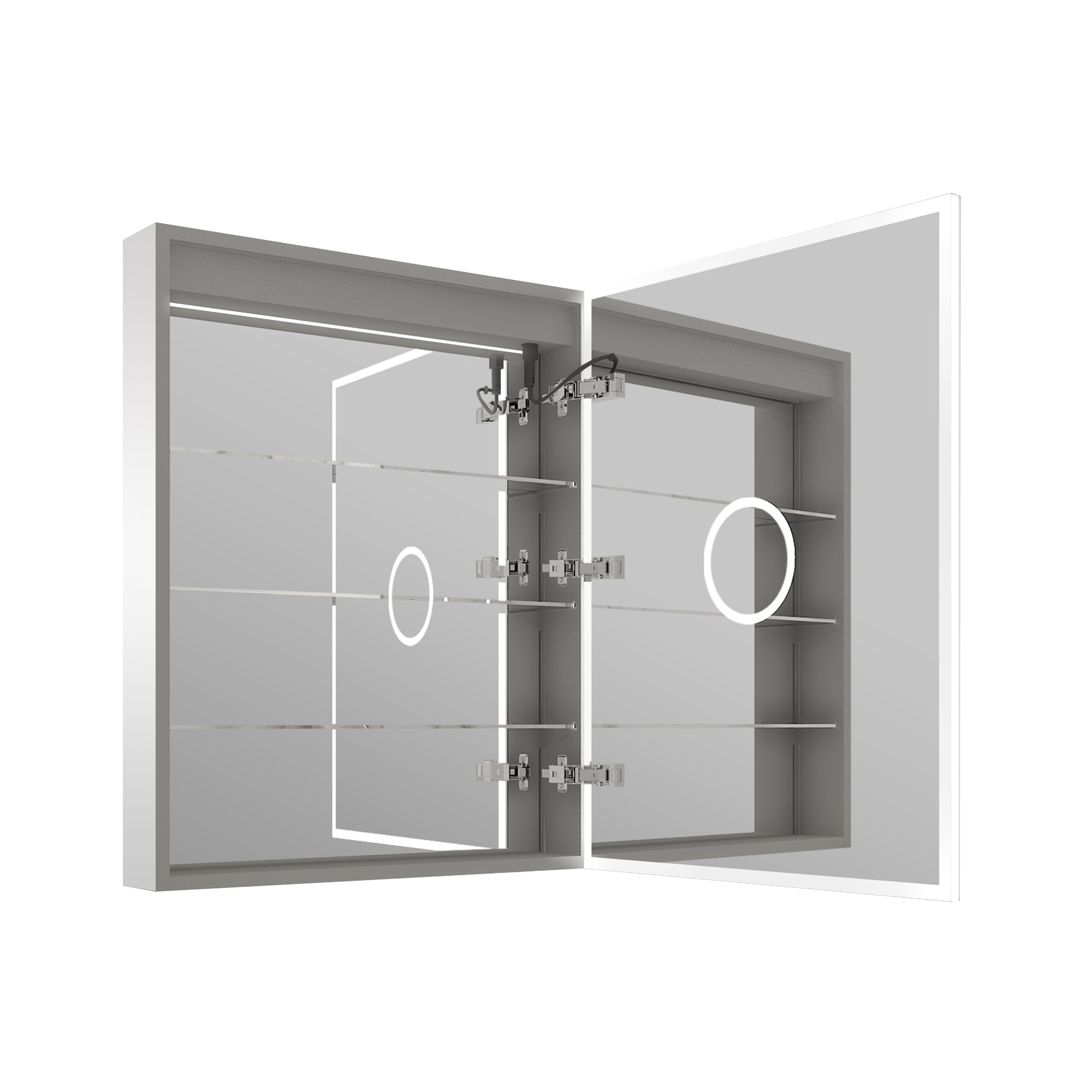


Leave a comment
This site is protected by hCaptcha and the hCaptcha Privacy Policy and Terms of Service apply.